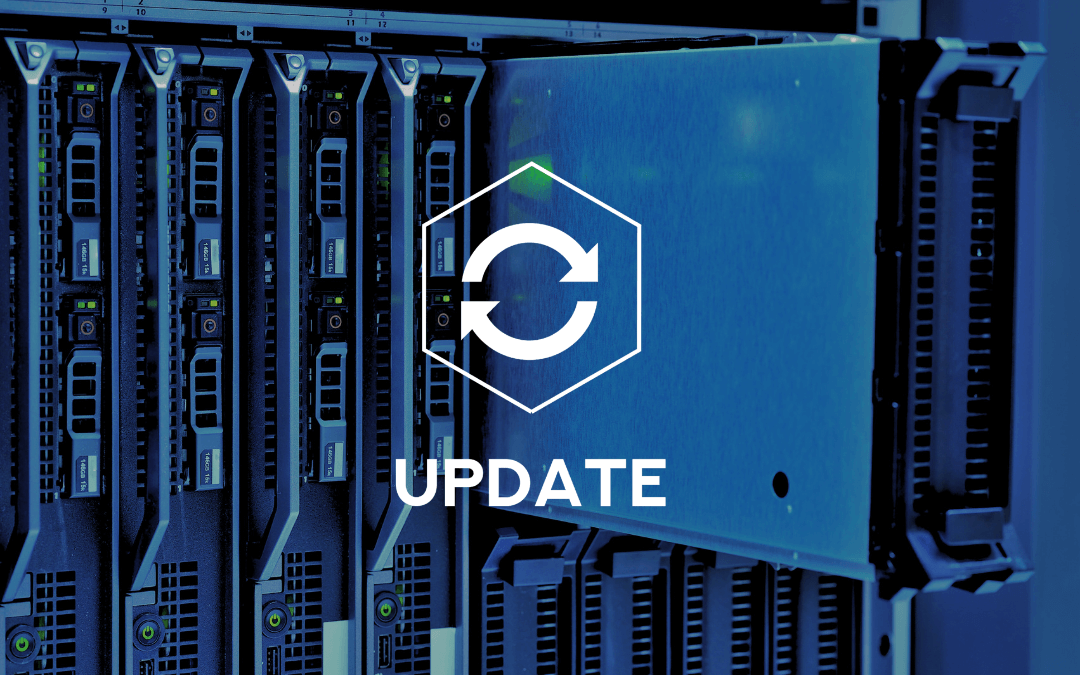A chilling wave of cyberattacks targeting Fortinet FortiWeb instances has exposed the critical need for timely Fortinet updates. Hackers are exploiting a severe SQL injection vulnerability, CVE-2025-25257, to plant web shells and seize control of vulnerable systems. Tracked by The Shadowserver Foundation, 85 infections were detected on July 14, 2025, followed by 77 the next day, signaling a rapid escalation in attacks following the public release of proof-of-concept (PoC) exploits on July 11.
The vulnerability, rooted in Fortinet’s FortiWeb Fabric Connector, was patched by Fortinet on July 8, 2025, with Fortinet updates for versions 7.6.4, 7.4.8, 7.2.11, and 7.0.11. However, the public availability of exploit code—shared by researchers from WatchTowr and others—has made it a race against time for administrators. The United States leads with 40 compromised devices, followed by the Netherlands, Singapore, and the United Kingdom.
The Stakes Are High
This isn’t an isolated incident. Fortinet devices have been prime targets in the past, with vulnerabilities like CVE-2024-21762 and CVE-2023-27997 exploited for remote code execution and network breaches. These incidents underscore a critical truth: unpatched network equipment, especially firewalls and VPN appliances, is a hacker’s playground. Without timely Fortinet updates, a single flaw can grant attackers a foothold to steal data, deploy ransomware, or disrupt operations. In this case, CVE-2025-25257’s CVSS score of 9.6/10 reflects its potential to cause catastrophic damage, from reverse shells to full system compromise.
Firewalls like FortiWeb are the gatekeepers of your network, protecting web applications from malicious traffic. But when they’re left unpatched, they become liabilities. The speed at which PoC exploits were weaponized—within days of disclosure—shows how quickly cybercriminals capitalize on vulnerabilities. This isn’t just a technical issue; it’s a business risk that can lead to financial loss, reputational damage, and regulatory penalties.
Why Fortinet Updates Are Critical
Keeping firewall and network equipment updated isn’t just a best practice—it’s a necessity. Fortinet updates close the gaps that attackers exploit, and in today’s threat landscape, delays can be disastrous. The FortiWeb attacks highlight a broader trend: vulnerabilities in edge devices are increasingly targeted in cyberespionage and ransomware campaigns. For instance, similar exploits have hit Fortinet VPNs and Ivanti appliances, with state-sponsored actors and cybercriminals alike leveraging unpatched systems to infiltrate networks.
Regular Fortinet updates ensure your defenses evolve with the threat landscape. They fix known flaws, harden systems against emerging exploits, and maintain the integrity of your security posture. Neglecting updates is like leaving your front door unlocked in a neighborhood known for break-ins. With tools like WatchTowr’s Detection Artifact Generator now public, even less-skilled attackers can exploit these flaws, lowering the barrier for widespread attacks.
Patch Now, Audit Always
Don’t wait for a breach to act. If you’re running Fortinet FortiWeb, upgrade to versions 7.6.4, 7.4.8, 7.2.11, or 7.0.11 immediately to mitigate CVE-2025-25257. If upgrading isn’t feasible due to operational constraints or compatibility issues, take immediate steps to reduce exposure by disabling the HTTP/HTTPS administrative interface, which is a common entry point for attackers exploiting this vulnerability. Additionally, consider implementing temporary workarounds, such as restricting access to the FortiWeb management interface via firewall rules or network segmentation, until patching is possible.
Beyond patching, conduct a thorough system-wide audit to detect signs of compromise, such as unexpected Python or CGI execution paths, unusual network traffic patterns, unauthorized configuration changes, or suspicious user account activity. Use logging and monitoring tools to review system logs for anomalies, and leverage Fortinet’s security advisories to identify specific indicators of compromise (IoCs) related to CVE-2025-25257. Regular audits, combined with timely Fortinet updates, are critical to ensuring your network remains secure and resilient against evolving threats.
Make updating your network equipment a priority—not just for Fortinet but for all firewalls, VPNs, and edge devices. Establish a routine patch management process, monitor for advisories from vendors and CISA, and use threat intelligence to stay ahead of exploits. Your network’s security is only as strong as its weakest link. Act now to lock down your defenses and keep hackers at bay. Click here to read more blog articles.

